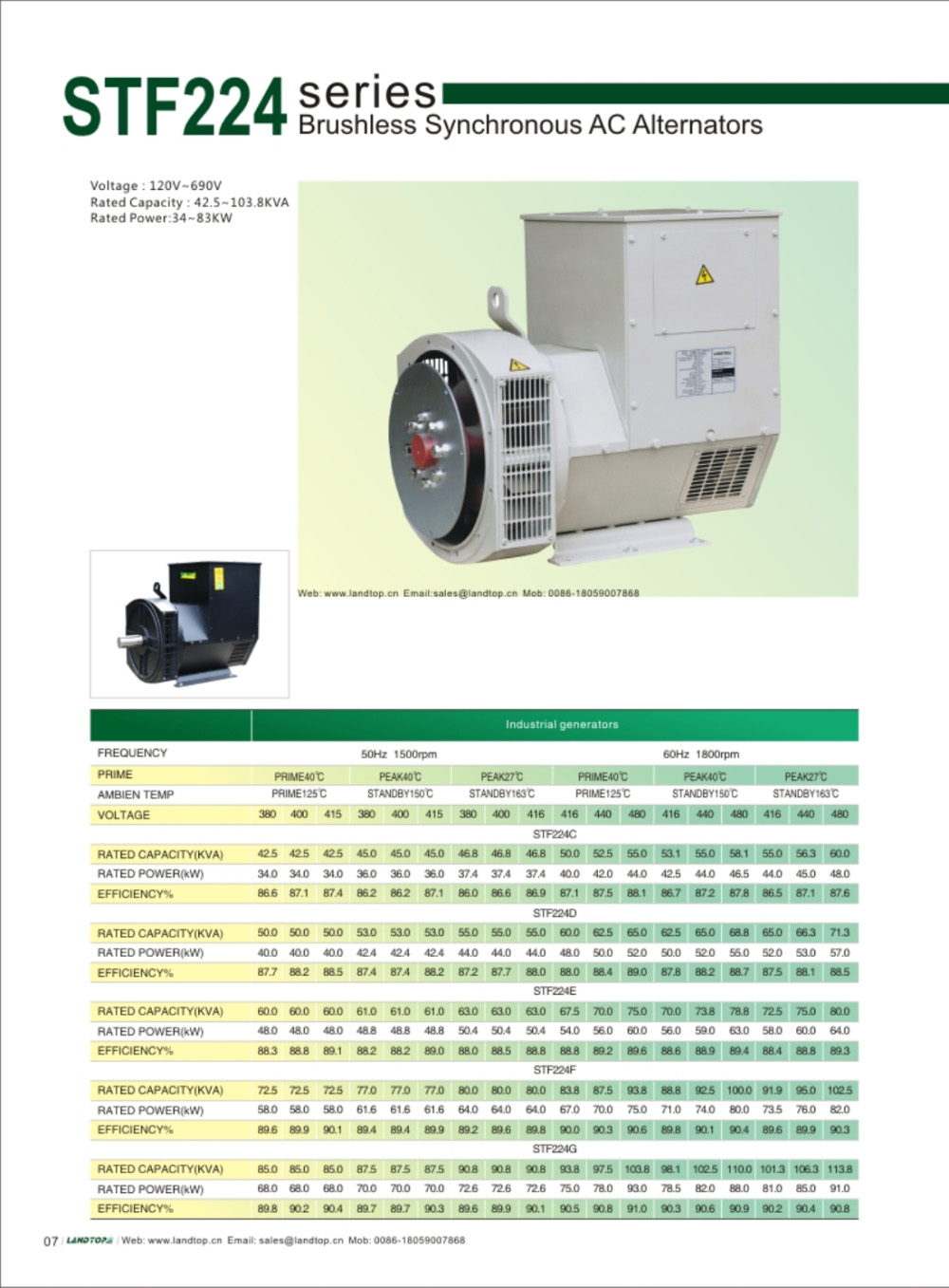The lighting industry continues to drive inductive loads. What is puzzling is that the inductive reactance generated is reversed from the resistance of the system, which reduces the efficiency of the system. PFC solves the above problems. However, when the PFC is initially charged, it will generate a surge current that damages other circuits in the system, and the use of the thermistor can effectively suppress the surge current and prevent the circuit from being damaged.
There are many ways to build a lighting system, and an excellent design can directly improve energy efficiency and save material costs. Today's lighting industry is gradually changing from 240V to 277V to improve efficiency. So now is the perfect time to introduce Power Factor Correction (PFC) to lighting product manufacturers. Since these lighting systems need to be updated anyway, original equipment manufacturers (OEMs) can enjoy the many advantages of PFC at the same time.
Moving towards inductive loads is the beginning of PFC demand. Traditional lighting applications use resistive loads such as incandescent lamps. However, the disadvantage of resistive loads is that the resistors they introduce into the system generate thermal energy. Thermal energy can cause power loss and reduce efficiency. To avoid these losses, the lighting industry continues to drive inductive loads, such as more efficient fluorescent lamps. Figure 1 is an illumination system based on an inductive load.

Figure 1. Adding a shunt capacitor to an inductive load. Power factor correction reduces the voltage/current phase difference.
Unfortunately, the way many lighting manufacturers implement inductive loads severely reduces the efficiency of the lighting system. In many cases, they just don't realize that power factor correction can solve these problems in an easy and inexpensive way.
By its nature, an inductive load converts the phase of voltage and current into each other. In particular, the resulting inductive reactance is in anti-phase with the resistance of the system. This phase difference reduces the efficiency of the system.
The power factor (PF) is the ratio of the real power of the system (Real Power) to its apparent power (Apparent Power). The apparent power is the desired system power, and the actual power is the actual power. Depending on the application, the reversed-phase system is the least efficient and can be reduced to 60%.
The goal of power factor correction is to minimize the phase difference between voltage and current. Capacitance can be used to bring the inductance back into the only phase of the resistor in the system. Only capacitors with the correct characteristics are needed, that is, there is a high power ratio and an inverse of 180 degrees with the inductance (Figure 1).
Power factor correction benefits
There are many advantages to applying PFC to lighting systems, as explained below:
Efficiency improvement
Depending on the application, the efficiency of adding PFC to the lighting system can be as high as 80 to 95%. As public utility costs soar, this will allow PFC-based lighting systems to attract a large number of end customers.
Easy to install
As long as there is a capacitor, the PFC can be introduced into the lighting system. Please note: A surge current limiter is also required to avoid damage to the system from the initial capacitance of the capacitor when it is turned on.
Reduce power supply costs
A system with a high power factor can perform the same work as a system with a low power factor through a small power supply. The need to carry less current represents the need for smaller and less expensive generators, conductors, transformers and switches, thus streamlining the body and saving material costs.
Stability improvement
Efficient systems consume less heat, allowing the system to maintain stable operation over an acceptable temperature range.
Distinctive features
Whether your design is a stand-alone product or a part of a larger system, higher power efficiency drives higher-level systems than systems of the same class.
Low operating cost
For large lighting applications, the high efficiency created by PFC can save substantial money on utility costs.
Industrial power
As early as more than a decade ago, power factor correction became mandatory in Europe, China, and Japan. Although the adoption rate of PFC in the United States is not high, it is continuously applied to more and more applications, especially lighting systems. Obviously, PFC makes sense and will eventually be used by applications that are not currently available. PFC is expected to be the company of its future needs and will benefit from PFC today as one of its distinguishing features. Manufacturers who cannot provide PFC will soon find themselves uncompetitive.
STF224 Series Brushless AC Alternator
STF224 Series Alternator Suppliers
1.Balanced rotor with single or two sealed ball bearings
2.Any permanent magnetic generators, providing invariable excitation on all occasions.3.Easy to be connected with power network or other generators. Standard 2/3 pitch windings
check excessive midline current.
4.Convenient installation and maintenance with easy access to terminals, rotating diodes and
coupling bolts
5.Meet leading standards
6.Wide range of Flange adaptor and single bearing coupling disc


Stamford AC Generator ,Brushless AC Alternator,380V Three Phase Brushless Alternator,STF224 Series Brushless AC Alternator
FUZHOU LANDTOP CO., LTD , https://www.landtopcos.com